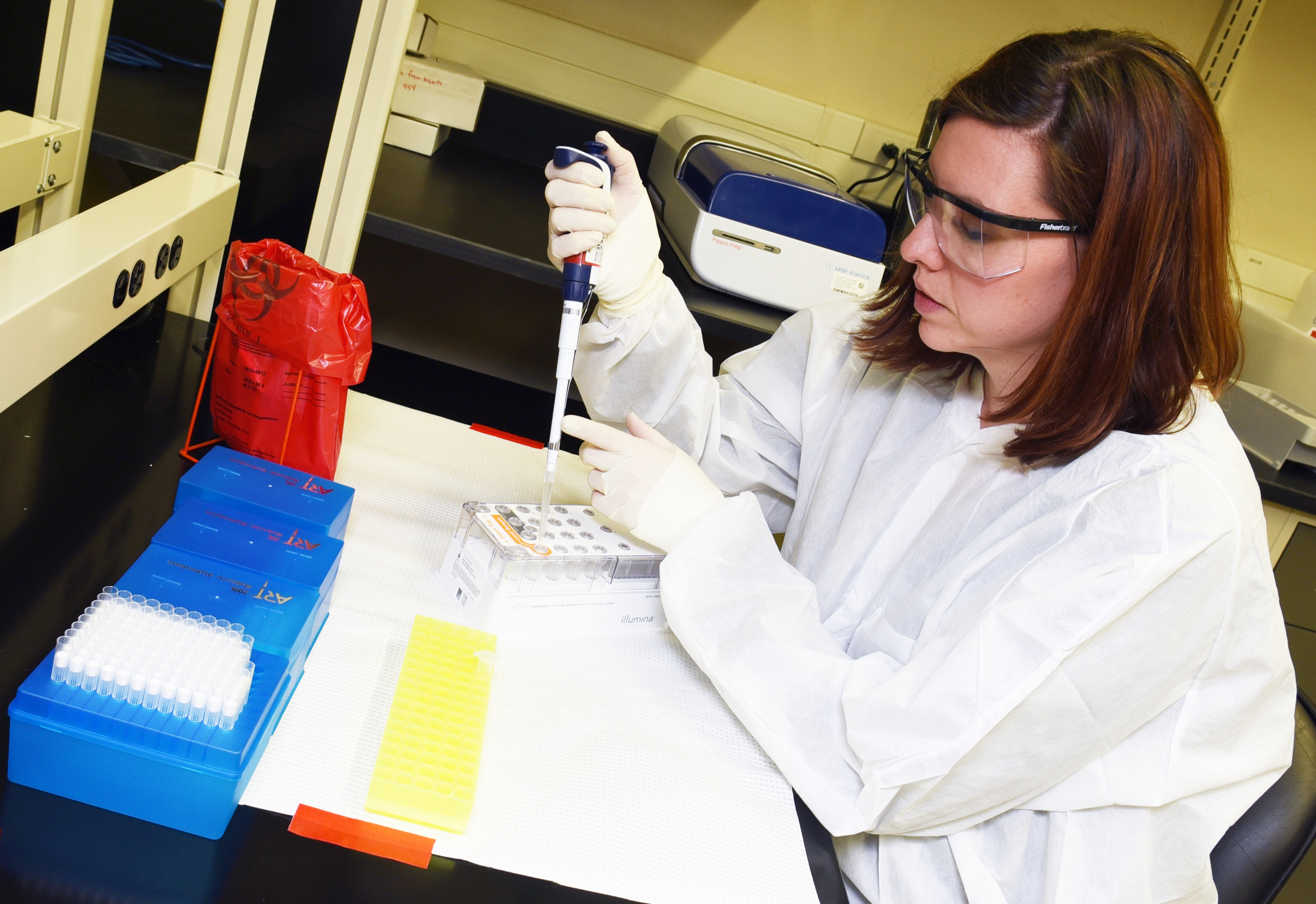DNA testing vital to obtaining just convictions
By Jim Petro,
Cincinnati- USA Today Network
| 06. 19. 2017
As a state legislator, I served on the House committee that drafted Ohio’s current death penalty law. Later, as Ohio Attorney General, I monitored 18 executions. I believed that the criminal justice system does not make mistakes, especially in murder cases. However, with nearly 800 wrongful murder convictions identified in the U.S. since 1989, I now know that we must do much more to protect innocent people from wrongful conviction – and even wrongful execution.
I was introduced to a wrongful murder conviction by the case of Clarence Elkins, a family man wrongfully convicted of raping and murdering his mother-in-law and raping his six-year-old niece in Barberton in 1998. He was convicted largely because his niece identified the perpetrator as looking like her Uncle Clarence. She recanted her identification, but it was not enough to overturn Elkins’s conviction. He then fought for DNA testing using more advanced technology, which excluded him as a match to critical evidence.
The State should have pursued the truth, but instead, it argued the DNA was contaminated and unreliable. Because Elkins got access to the...
Related Articles
By Katherine Long, Ben Foldy, and Lingling Wei, The Wall Street Journal | 12.13.2025
Inside a closed Los Angeles courtroom, something wasn’t right.
Clerks working for family court Judge Amy Pellman were reviewing routine surrogacy petitions when they spotted an unusual pattern: the same name, again and again.
A Chinese billionaire was seeking parental...
By David Jensen, The California Stem Cell Report | 12.11.2025
California’s stem cell and gene therapy agency today approved spending $207 million more on training and education, sidestepping the possibility of using the cash to directly support revolutionary research that has been slashed and endangered by the Trump administration.
Directors...
By Sarah Kliff, The New York Times | 12.10.2025
Micah Nerio had known since his early 30s that he wanted to be a father, even if he did not have a partner. He spent a decade saving up to pursue surrogacy, an expensive process where he would create embryos...
Several recent Biopolitical Times posts (1, 2, 3, 4) have called attention to the alarmingly rapid commercialization of “designer baby” technologies: polygenic embryo screening (especially its use to purportedly screen for traits like intelligence), in vitro gametogenesis (lab-made eggs and sperm), and heritable genome editing (also termed embryo editing or reproductive gene editing). Those three, together with artificial wombs, have been dubbed the “Gattaca stack” by Brian Armstrong, CEO of the cryptocurrency company...




